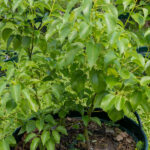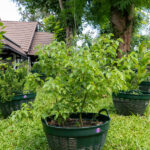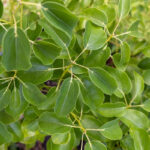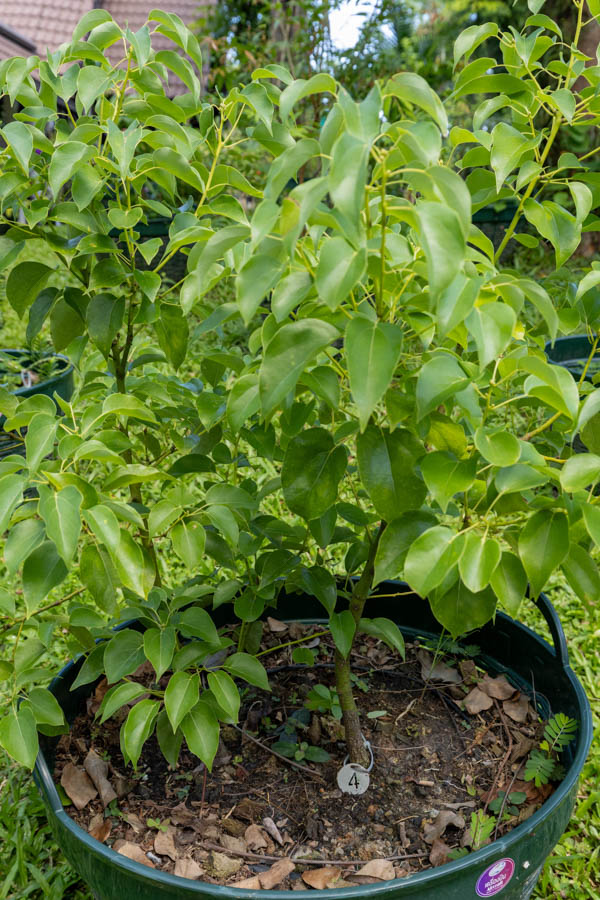อบเชย (Ob Choey)
Family: Lauraceae
Cinnamomum verum, commonly known as True Cinnamon or Ceylon Cinnamon, is a small evergreen tree native to Sri Lanka and southern India but long cultivated in Thailand for both culinary and medicinal purposes. The species is prized for its thin, fragrant bark, which is harvested and dried to produce the familiar cinnamon spice. In Thai traditional medicine, it is regarded as a warming herb that supports circulation and digestion.
Botanical Characteristics
The tree typically grows between 6 and 10 meters tall. Leaves are simple, opposite, and glossy green with three distinct parallel veins running from base to tip. Young leaves often appear reddish before maturing to deep green. The bark is smooth when young and becomes aromatic and brown as it matures. Small yellowish-white flowers appear in loose clusters, followed by dark purple berries.
Use in Thai Traditional Medicine
In Thai traditional medicine, อบเชย (Ob Choey) is used as a warming tonic. The bark is included in decoctions to stimulate digestion, relieve nausea, and improve blood circulation. It is also used in remedies for colds, fatigue, and abdominal discomfort. Cinnamon’s aromatic compounds—primarily cinnamaldehyde—are known for their antibacterial and antioxidant properties, making it a common component in herbal compresses and massage oils for muscle stiffness and poor circulation.
Cultivation Notes
Cinnamomum verum thrives in tropical climates with partial shade and well-drained, slightly acidic soil. Regular pruning encourages strong branch growth for bark harvesting. The tree prefers high humidity and benefits from organic mulching around the base. In the KBE Thai Medicinal Herb Garden, it represents one of the most valued aromatic species used both in healing and culinary traditions.
Historical Context
Cinnamon has been traded for thousands of years and was once considered more valuable than gold. In Thailand, it was incorporated into royal herbal formulas and temple offerings for its fragrance and symbolic warmth. Today, it remains a bridge between traditional healing and modern herbal therapy, valued for its balance of aroma, vitality, and restorative properties.
Disclaimer: This information is provided for educational and historical purposes only. It is not intended as medical advice. Always consult a qualified healthcare professional before using any herbal preparation.




